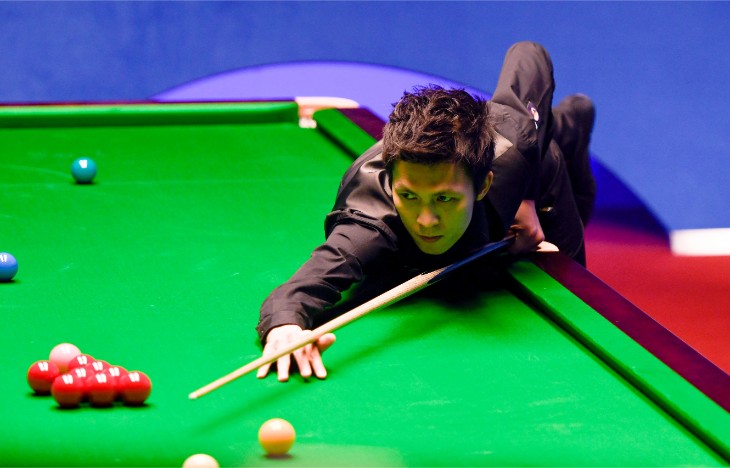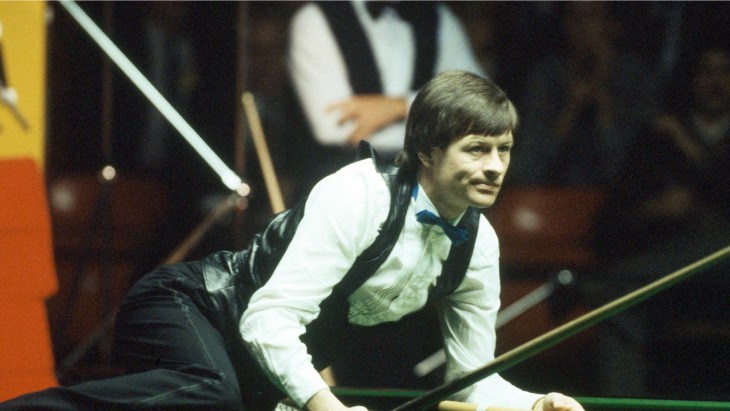Snooker die-hards know the magic number: a 147 maximum break. It’s the classic benchmark—15 reds, each followed by a black, then the six colours in sequence. Yet there’s a loftier total that sometimes crops up in snooker conversations and pub debates: the fabled 155 break. It’s snooker’s Mount Olympus, a score so high it almost sounds fictional. And for good reason: no one has achieved it in a professional tournament. However, there are rumoured sightings and verifiable practice feats that keep this unicorn firmly in the realm of “almost possible.”
The Essence of a “Max”
Firstly, let’s put the usual “max” into perspective. A standard 147 consists of:
- 15 reds (1 point each) followed by 15 blacks (7 points each) = 120 points
- Final colours (yellow to black in ascending order) = 27 points
- Total = 147 points
Achieving that perfect sequence of pots under tournament conditions is incredibly rare. To date, only a select group of professional players have ever etched their names on the official list of 147s. Even so, the prospect of topping 147 with a 155 has tantalised fans for decades.
How Does a 155 Break Even Happen?
To reach 155, you need a free ball situation right at the start of your turn. This typically occurs if your opponent fouls and leaves you snookered behind a colour (when you should have a clear shot at at least one red). You then nominate a colour as your “free ball,” effectively letting you treat it as though it were a red.
If you pot this nominated colour (for instance, the black for a maximum haul), that grants you one point (as though it’s a red), plus the opportunity to pot it again for its actual value (seven points if it’s the black). If you carry on with the standard maximum routine—red + black for each of the 15 reds and then the colours in ascending order—you end up with an extra eight points above the usual 147. Hence:
- Free ball + black: 1 point (counted as a ‘red’) + 7 points (black’s value) = 8 extra points
- The usual 147: 120 points from reds and blacks, plus 27 from the colours
- Grand total: 8 + 147 = 155 points
It seems straightforward on paper, but in reality, it’s mind-bogglingly difficult. You need:
- A foul committed by your opponent that places you in exactly the right position for a free ball.
- The nerve and precision to pot the free-ball black twice under immense pressure.
- The consistency to follow through with a perfect 147 sequence without faltering.
So Who Has Made a 155 Break In Snooker?
No pro’s landed a 155 in a tournament - yet. But in practice? Two names stand out: Jamie Cope (2005) and Thepchaiya Un-Nooh (2021).
Jamie Cope (2005): The Trailblazer
In 2005, Jamie “Shotgun” Cope made headlines when he reportedly scored a 155 during a practice frame. Although it wasn’t under the scrutiny of tournament conditions, the feat caught the attention of players and fans alike. Cope, known for his aggressive break-building style, had already earned a reputation for compiling huge scores in practice. When news of his 155 first broke, some sceptics dismissed it as mere rumour, but insiders who witnessed it insisted it was the real deal. His 155 remains a shining example of “what might have been” if fate (and fouls) had conspired similarly in a professional setting.Thepchaiya Un-Nooh (2021): Proof on Camera
Fast-forward to 2021, and Thailand’s Thepchaiya Un-Nooh, famed for his lightning-quick approach at the table, managed a 155 in a practice match against Hossein Vafaei. Unlike many snooker urban legends, this one had cold, hard evidence: security cameras captured the entire break. Fans around the globe rejoiced as finally there was clear footage confirming that a 155 can and has been done—albeit outside the pressures of a live tournament arena.

So Why Hasn’t Anyone Managed a 155 in a Professional Tournament?
It’s easy to forget just how precise snooker is. Even a standard 147—sans free ball—is rare. At the time of writing, there have been only 191 verified maximum breaks in professional play. Achieving the 155 introduces an extra layer of chance and complexity:
The Perfect Foul Setup
You must rely on your opponent to foul in such a way that you’re left snookered. Not only that, but the resulting position has to be favourable enough for you to nominate (and pot) the black as a free ball. It’s a confluence of events that you can’t simply ‘plan’ to happen.Nerves Under the Lights
Even the best professionals can flinch under the bright lights and TV cameras. Holding your nerve for 36 flawlessly executed pots—including the extra free-ball black—requires near-superhuman focus. Practising with mates in a quiet club is one thing; pulling it off in front of a live audience, commentary booths, and cameras is another.Official Verification
In order for a 155 to be officially recognised, referees and tournament officials must confirm that everything was done by the book. Any confusion over the foul, the free ball call, or a re-spotted black could throw the entire break’s legitimacy into question.
Other Famous “Almost There” Scores
Over the years, a few professionals have managed near-max efforts that involved a free ball but didn’t reach 155.
- Jamie Burnett’s 148 (2004): In a UK Championship qualifier, Burnett compiled a 148 that involved a free ball, briefly igniting talk about whether a higher break was possible.
- Dave Harold’s 149 (2012): Harold once produced a 149 in a professional match. Although it was a remarkable achievement, he didn’t manage the full 155 sequence.
Rumours persist that snooker great Alex Higgins may have compiled a 155 in an exhibition match, but no hard evidence has ever surfaced to verify the claim. He certainly had the flair (and the nerve) to pull it off, but like many Higgins stories, it remains steeped in hearsay.

Why the 155 Break Matters
You might wonder why people get so excited about an extra eight points—after all, 147 is already the stuff of legends. But the 155 holds a special mystique:
- Rule Mastery: It highlights a player’s intimate knowledge of the sport’s intricacies, particularly the free-ball rule.
- Element of Chance: Unlike a standard maximum, you can’t control whether your opponent provides the perfect foul setup. This element of luck elevates the 155 from difficult to almost miraculous.
- Historic Bragging Rights: The first player to do it in a televised, fully officiated match would become an instant legend, talked about in snooker circles for decades.
- Pushing the Envelope: Professional players are constantly pushing the boundaries of possibility, refining techniques and mental resilience. The 155 stands as the next frontier—if it can be done on the biggest stage.
The Bottom Line
When all is said and done, the super-maximum remains out of reach in professional play. Yes, Jamie Cope and Thepchaiya Un-Nooh have both demonstrated a 155 break: Cope back in 2005 and Un-Nooh more recently in 2021, but these feats happened only in practice sessions, rather than under official tournament conditions. Until someone manages to replicate the free-ball magic on snooker’s biggest stage, the 155 will stay a tantalising possibility that keeps players - and fans - dreaming of that perfect, once-in-a-lifetime frame.






 (1).webp)






.webp)














